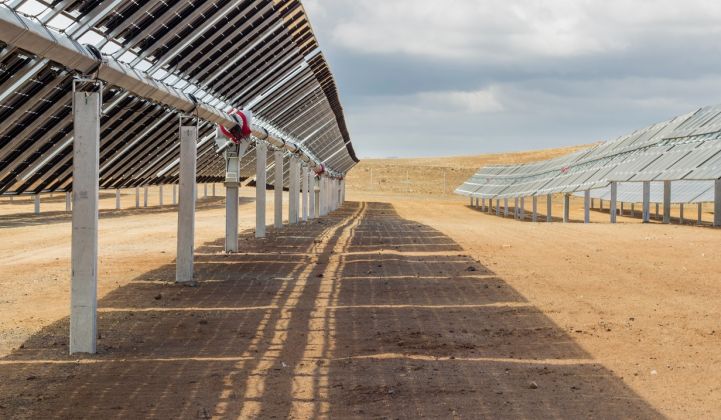The reprieve from Section 201 tariffs that bifacial solar panels enjoyed in the U.S. market turned out to be short-lived. Granted in June and rescinded by the Trump administration Friday, the exemption completely dissolves on October 28.
The change is one that some expected — Roth Capital Partners analyst Philip Shen sent out a note a day ahead of the order suggesting the exclusion was not long for this world — and one the solar industry remained split over.
While companies with U.S.-based manufacturing wanted the exclusion gone, others including the Solar Energy Industries Association looked to it as a bright spot for the industry amid years of protectionist trade policy.
Ultimately, the administration decided the exclusion undercut the Section 201 tariffs levied on solar cells and modules in January 2018, which it says were designed to boost U.S. manufacturing and lock out unfair competition.
“After evaluating newly available information…demonstrating that global production of bifacial solar panels is increasing, that the exclusion will likely result in significant increases in imports of bifacial solar panels and that such panels will likely compete with domestically produced monofacial and bifacial CSPV products in the U.S. market, the U.S. Trade Representative has determined…that maintaining the exclusion will undermine the objectives of the safeguard measure,” reads the new order.
In granting the exemption, USTR heeded comments that bifacial capacity available to the U.S. “was highly limited.” That remains the case today, though the administration appears concerned that the exclusion allowed foreign-made products to glide into the U.S. in increasing quantities.
From January to May, data from the U.S. Energy Information Administration shows U.S. PV shipments (which includes imports and exports, though the capacity of U.S. exports is negligible) exceeded 1 gigawatt just one time — in March. In both June and July, the two months EIA has reported since the exemption, U.S. shipments exceeded 1 gigawatt.
After the administration granted the exclusion, many global manufacturers said they would expand bifacial production capacity in hopes of importing product into the U.S. free of Section 201 tariffs. It's not immediately clear how this decision will impact that trend.
The removal of the exemption will most benefit manufacturers focused on utility-scale applications — where bifacial makes the most sense — with a footprint in the U.S., such as First Solar and Hanwha Q Cells.
Xiaojing Sun, a senior solar analyst at Wood Mackenzie Power & Renewables, said the policy change will insulate those two from overseas competition, but only for a time. She described a “chilling effect” on the U.S. bifacial market in the next 16 months, but minimal impact beyond that as Section 201 tariffs step down.
In the short term, however, the policy pivot eliminates any financial edge bifacial modules may have briefly enjoyed in U.S. projects.
“With tariffs, they’re just not going to be cost-competitive,” said Sun.
That situation is time-limited. Section 201 tariffs in their current form only last four years and step down 5 percent each year. After 2022, unless extended, they’ll disappear entirely.
Not all developers are making decisions these days on panel price alone, Sun noted. “There are developers that have looked at bifacial since 2017, which means they’re not cost-driven."
“They think bifacial makes sense from a system-cost perspective, which means there’s momentum in bifacial that tariffs can’t take away.”




